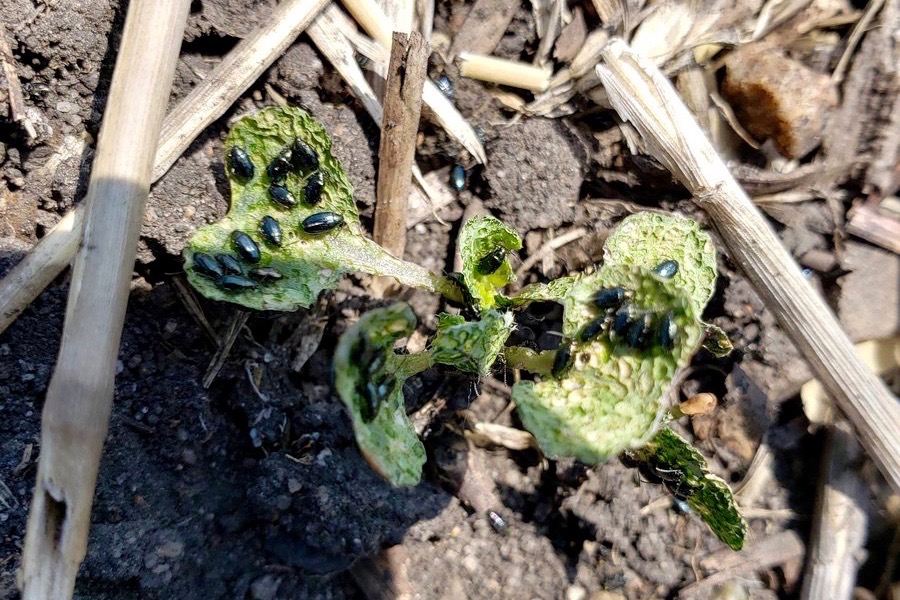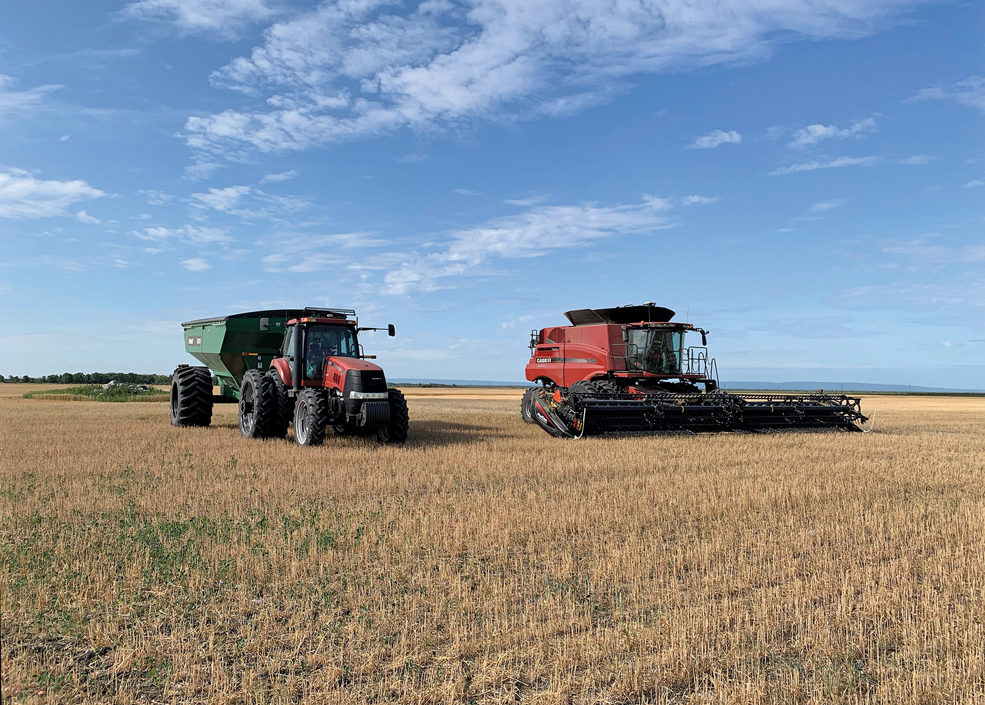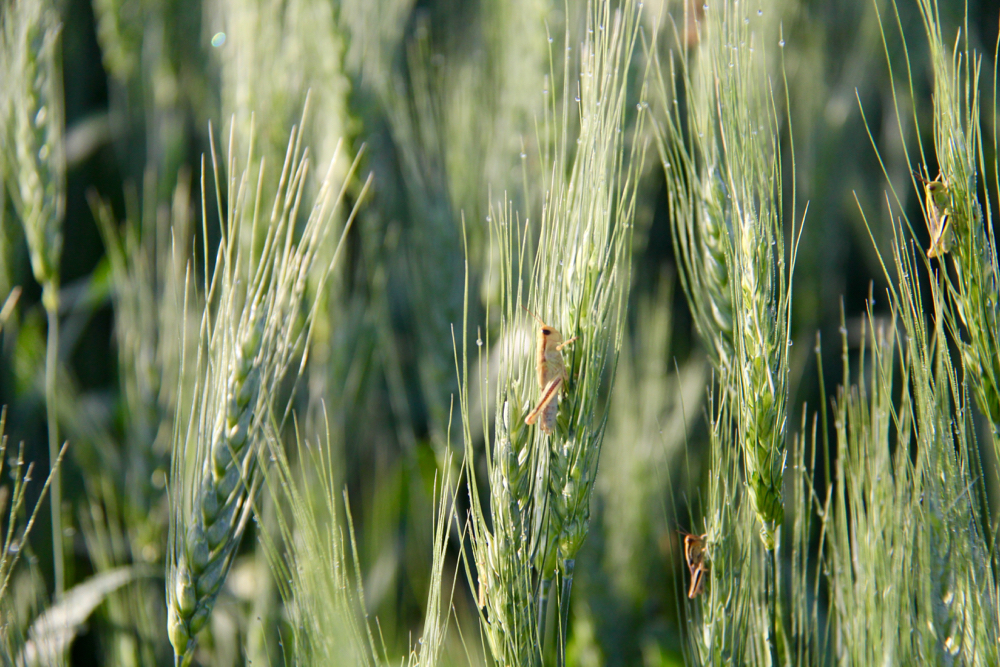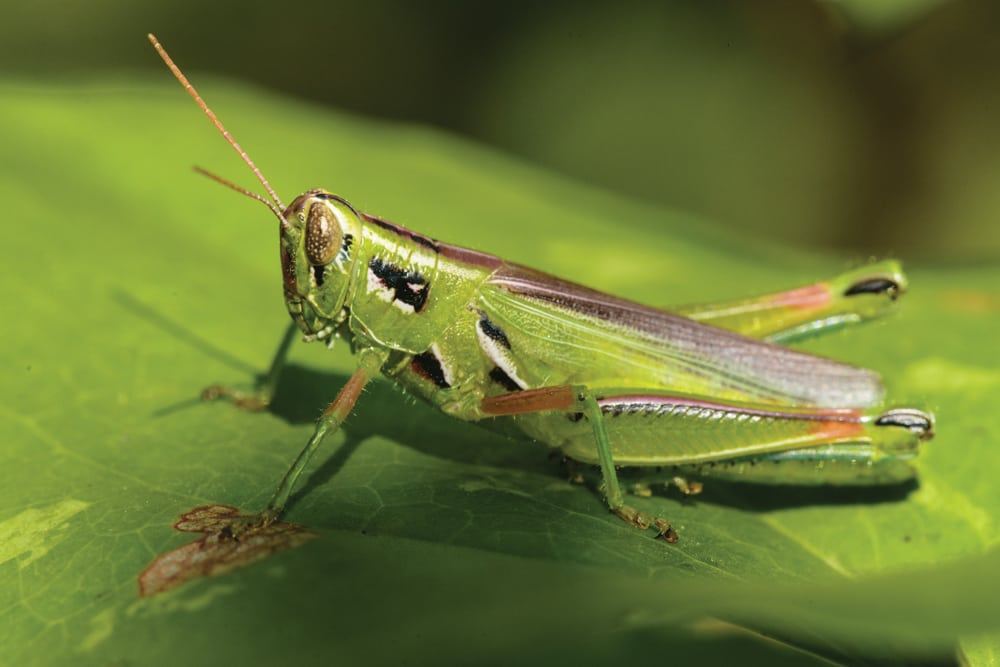“If spring and summer conditions in 2010 are favourable for grasshopper survival and development, some areas could have moderate or high levels of grasshoppers.”
– GRASSHOPPER FORECAST
Gr a s s h o p p e r s could be a problem this spring in western and central Manitoba, especially if it’s hot and dry, according to a forecast issued by John Gavloski, an entomologist with Manitoba Agr icul ture, Food and Rural Initiatives (MAFRI).
“If spring and summer conditions in 2010 are favourable for grasshopper survival and development, some areas could have moderate or high levels of grasshoppers,” the forecast says.
Read Also

Manitoba canola embattled by verticillium
Verticillium stripe pressure has been growing in Manitoba, and canola farmers still have precious few tools to protect their crop from the disease.
Grasshoppers are much easier to kill when young. That’s why Gavloski recommends farmers scout ditches and grassy areas for the pests in late May and early June.
“Try to find out what the population is like because if you uncover a really heavy population early they’re easy to deal with,” Gavloski said in an interview. “The problem is a lot of times people get caught off guard. They don’t recognize it’s an issue until they are invading the field and they have wings and by then they’re tough to kill and you’re treating a whole field instead of a ditch.”
A survey of grasshoppers taken last August showed populations were similar to those found in 2008 with just over 70 per cent of the counts in the very light or light categories, just over 16 per cent in the moderate category, and around 10 per cent in either the severe or very severe categories.
Cool, wet weather last August might have interfered
Figure 1. Average density of grasshoppers in Manitoba during August 2009.
with adult grasshoppers laying their eggs, however, warm, dry conditions in September probably made up for it, Gavloski said.
“If we’d had a cool September with an early frost I probably would have been saying regard-l ess of this forecast we’re probably going to see lower numbers next year,” he said. “But given what September was, if we get good conditions (in the spring) we could see a further jump, but a lot depends on weather.”
Cold, wet conditions tend to keep grasshopper populations down.
Grasshopper populations were high in 2003, a year which saw many grasshopper problems. Their numbers decreased in 2004 and dropped in 2005 and 2006. Populations increased in 2007 placing a larger part of the province at a light risk, some areas at moderate risk and a few counts in the severe risk category. In 2008, grasshopper numbers increased again.
The grasshopper population map for Manitoba is based on counts of adult grasshoppers per square metre done by farm production advisers, agronomists and entomologists in August 2009. Grasshopper counts from 203 locations were used to produce the map. The map legend shows the average grasshopper counts in an area and relates the risk to many Manitoba crops.















